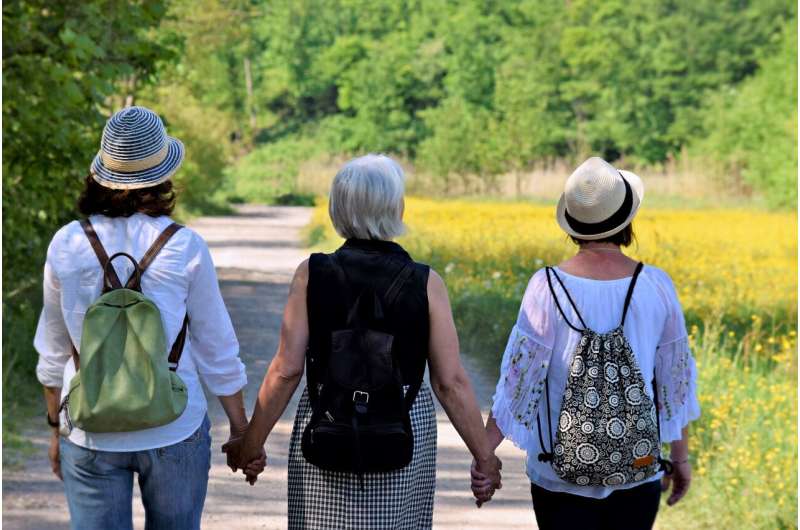For decades, scientists have pointed to declining egg quality as the main culprit. But new research from UC San Francisco and Chan Zuckerberg Biohub San Francisco shows that the story is bigger than the eggs: The surrounding cells and tissues of the ovary play a crucial role in how eggs mature and how quickly fertility wanes.
“We’ve long thought of ovarian aging as simply a problem of egg quality and quantity,” said Diana Laird, Ph.D., senior author of the study, which appears in Science, and professor of Obstetrics, Gynecology & Reproductive Sciences at UCSF.
“What we’ve shown is that the environment around the eggs—the supporting cells, nerves, and connective tissue—is also changing with age.”
Understanding these changes may hold the key not only to e

